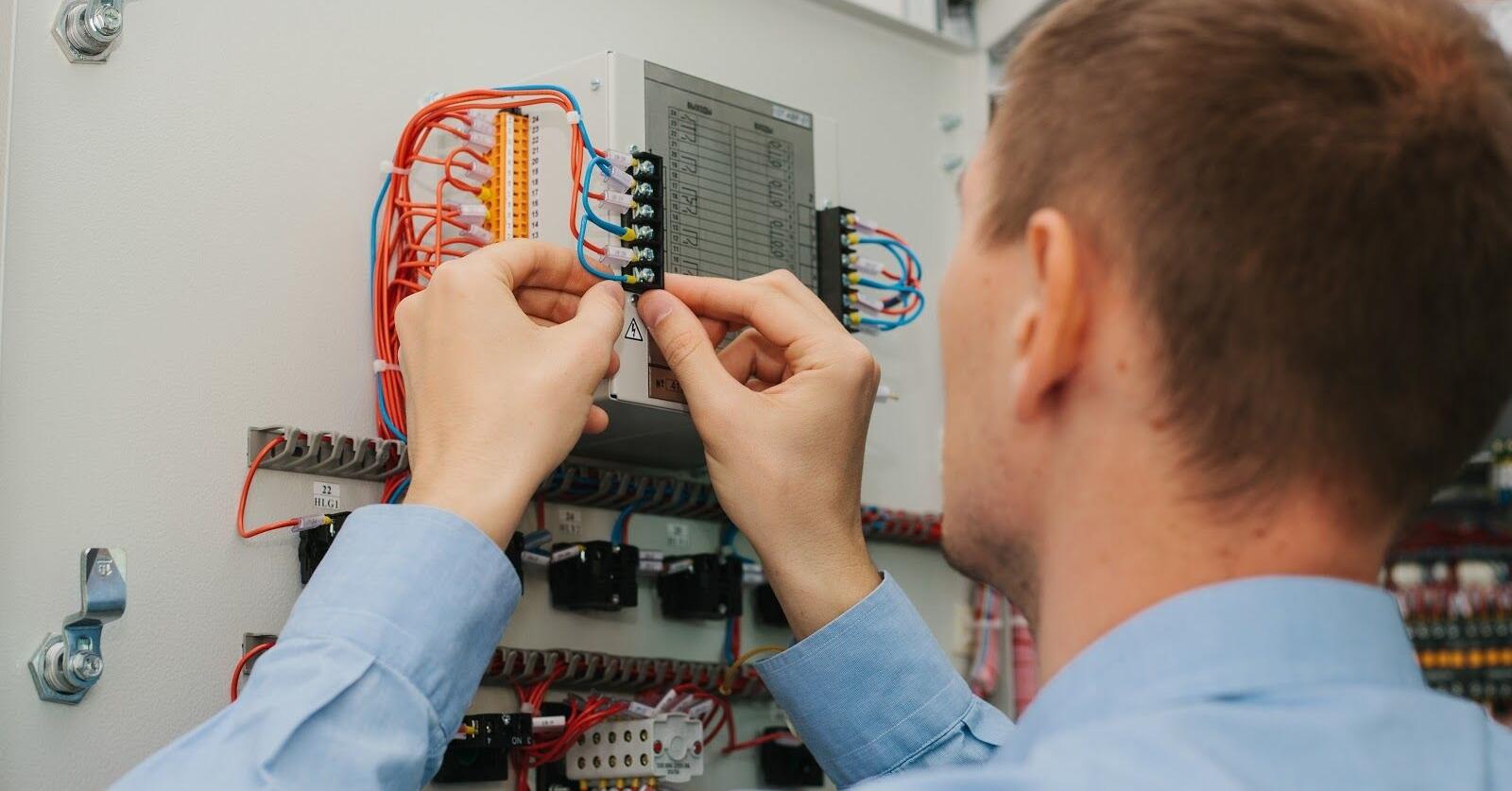Are you curious to know what is low voltage wiring? You have come to the right place as I am going to tell you everything about low voltage wiring in a very simple explanation. Without further discussion let’s begin to know what is low voltage wiring?
In the increasingly connected and technology-driven world we live in, the importance of electrical wiring cannot be overstated. Low voltage wiring, a critical component of modern infrastructure, is responsible for powering and enabling communication in various electronic devices and systems. In this blog, we will explore what low voltage wiring is, its significance, applications, and safety considerations.
What Is Low Voltage Wiring?
Low voltage wiring, as the name implies, involves electrical wiring systems that carry lower electrical currents compared to standard electrical wiring used in powering homes and appliances. It typically operates at voltages below 50 volts (V), making it safer for human contact and less prone to electrical shock. Low voltage wiring serves as the backbone for communication and power distribution in a wide range of devices and systems.
Key Aspects Of Low Voltage Wiring:
- Low Voltage Range: Low voltage wiring typically operates at voltages ranging from a few volts to 50 volts, although some systems may use slightly higher voltages.
- Safety: The reduced voltage levels in low voltage systems make them safer for both equipment and human contact, minimizing the risk of electrical shock.
- Diverse Applications: Low voltage wiring is used in a multitude of applications, including telecommunications, home automation, security systems, and more.
- Energy Efficiency: Low voltage systems are often more energy-efficient, as they consume less power and generate less heat compared to higher voltage systems.
Applications Of Low Voltage Wiring
- Telecommunications: Low voltage wiring is the backbone of modern communication systems, including telephone networks, internet connections, and data transmission.
- Home Automation: It is used to control and automate various systems in smart homes, such as lighting, heating, ventilation, and air conditioning (HVAC), and security systems.
- Security Systems: Low voltage wiring powers security cameras, alarm systems, and access control systems, enhancing the safety and surveillance of homes and businesses.
- Audio-Visual Systems: It is employed in home theaters, audio systems, and video distribution systems for high-quality entertainment.
- Fire Alarm Systems: Low voltage wiring is essential for fire detection and alarm systems in residential and commercial buildings.
Visit Ofstype to Get to know about more concepts like this.
Safety Considerations
Low voltage wiring is generally considered safe, but safety precautions are still necessary, especially in terms of installation and maintenance. Here are some important safety considerations:
- Proper Installation: Low voltage wiring should be installed by qualified professionals who adhere to safety standards and guidelines to avoid issues such as short circuits or overloads.
- Labeling and Documentation: It’s important to label and document low voltage wiring connections to facilitate troubleshooting and repairs.
- Regular Maintenance: Routine inspections and maintenance of low voltage wiring systems help ensure their continued reliability and safety.
- Protection: Low voltage wiring should be adequately protected from physical damage or environmental factors, such as moisture or extreme temperatures.
- Training: Individuals working with low voltage wiring should receive training in safe practices to prevent accidents.
Conclusion
Low voltage wiring may not always be in the spotlight, but it plays a pivotal role in powering and connecting our modern world. From enabling communication in our daily lives to ensuring the safety and security of our homes and businesses, low voltage wiring is a silent enabler of our technologically advanced society. While it may be low in voltage, its significance in powering our interconnected world is undeniably high.
FAQ
What Is An Example Of Low Voltage Wiring?
Low voltage wiring is often used for Smart doorbells, telephones, garage door opener controls, heating and cooling thermostats, landscape lighting, alarm system sensors and controls (security system cameras, motion sensors), audio-visual wiring (surround sound audio systems, cable television, intercom systems), …
What Is The Purpose Of Low Voltage Wiring?
Low voltage cabling refers to the installation of cables and wiring that carry low voltage electrical signals, usually below 50 volts. It is used for a variety of applications including data communication, audio/visual systems, security systems, and lighting control systems.
What Is The Difference Between Low Voltage Wire And Regular Wire?
Low-voltage wiring is insulated wiring with non-metallic sheathing that carries 50 V or less of electricity. By comparison, standard wall outlets found in rooms and hallways are 120 V. Low-voltage wiring is commonly used in the home for thermostats, doorbells, TV cable, and network cable.
What Is The Difference Between High And Low Voltage Wiring?
To sum it up, here are the main differences between high voltage and low voltage: High voltage has higher potential energy than low voltage. Low voltage has lower potential energy than high voltage. High voltage is typically used to power large devices, while low voltage is usually used to power smaller devices.
I Have Covered All The Following Queries And Topics In The Above Article
What Is Low Voltage Wiring Vs Low Voltage
What Is Low Voltage Wiring Used For
What Is Low Voltage Wiring In A House
How To Identify Low Voltage Wiring
Types Of Low Voltage Cables
Low Voltage Wiring Guide
Low Voltage Wiring Installation
What Is Low Voltage Wiring
What is an example of low voltage wiring
